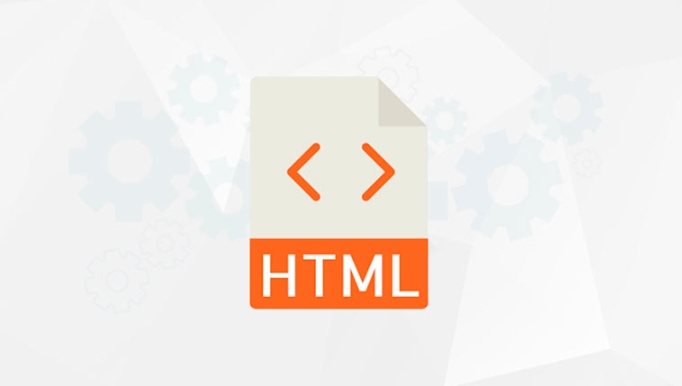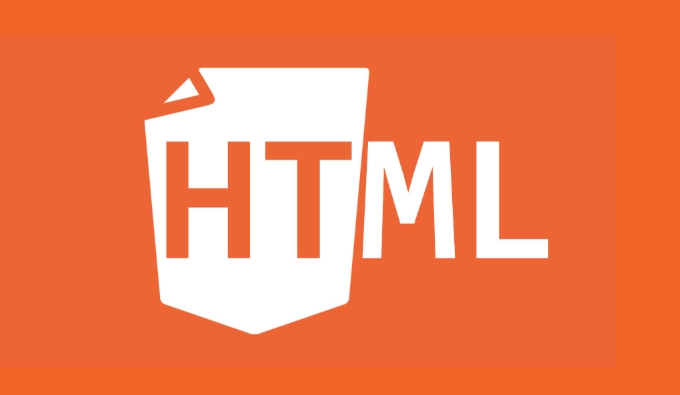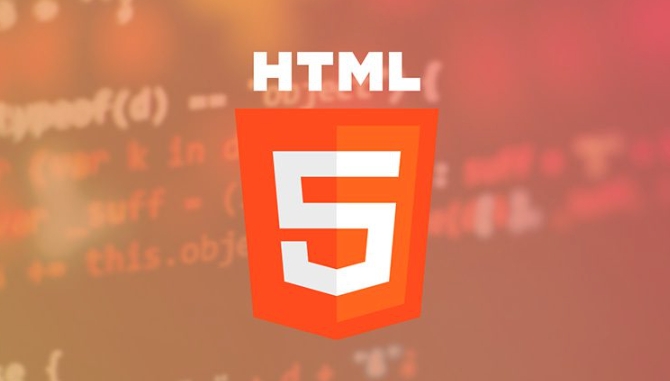Which html attributes are most important for SEO?
The four most impactful HTML attributes for SEO are the title tag, alt attribute, href attribute, and meta description. 1. The title tag in the
section is crucial as it informs users and search engines about the page’s content, must be concise, keyword-relevant, under 60 characters, and unique per page. 2. The alt attribute describes images using clear, descriptive text with natural keyword inclusion to improve accessibility and image search visibility, avoiding generic phrases like “image of”. 3. The href attribute shapes internal linking, guiding both user navigation and search engine crawling; best practices include using descriptive anchor text and limiting low-quality outbound links. 4. The meta description, although not a direct ranking factor, influences click-through rates by providing a compelling, concise summary of the page content, ideally between 150–160 characters and tailored to each page. Focusing on these attributes builds a strong technical SEO foundation.
When it comes to SEO, not all HTML attributes are created equal. Some play a much bigger role in helping search engines understand your content and rank it appropriately. While there are many tags and attributes you might encounter, a few stand out as particularly impactful for SEO.

1. title Attribute (and <title></title> Tag)
While the title attribute is commonly used in HTML elements like links and images, the most important one for SEO is the <title></title> tag in the section of your page.

This tag tells both users and search engines what the page is about. It shows up in search results as the clickable headline, so it needs to be concise, keyword-relevant, and unique per page.
Tips:

- Keep titles under 60 characters to avoid truncation.
- Place primary keywords near the beginning.
- Avoid repeating the same title across multiple pages.
You’d be surprised how often this gets overlooked — especially on category or archive pages where dynamic titles aren’t properly set.
2. alt Attribute for Images
Search engines can't "see" images the way humans do, which is why the alt attribute is crucial. It provides a text alternative that describes the image’s content and context.
Well-written alt text helps with accessibility and image SEO, potentially getting your images ranked in Google Images too.
How to use it effectively:
- Describe the image using short, clear phrases.
- Include relevant keywords only if they naturally fit.
- Skip generic phrases like “imageof” or “photoof”.
For example, instead of writing alt="Which html attributes are most important for SEO?", go with something more descriptive like alt="red running Which html attributes are most important for SEO? for women" if that’s exactly what the image shows.
3. href and Internal Linking Structure
The href attribute inside anchor (<a></a>) tags defines your internal and external links. From an SEO standpoint, internal linking with thoughtful href placement helps search engines crawl your site more efficiently.
It also distributes authority throughout your site and keeps users engaged longer.
Best practices:
- Use descriptive anchor text rather than generic terms like “click here.”
- Link to related content to help with user navigation and SEO.
- Avoid excessive outbound links to unrelated or low-quality sites.
Think of your internal links like a roadmap — the clearer it is, the easier it is for both users and search bots to follow.
4. meta name="description"
Technically, the meta description doesn’t directly impact rankings, but it's still incredibly important for SEO indirectly. It often appears in search results below the title and URL, acting as a pitch to get users to click through.
A compelling description can boost your click-through rate (CTR), which can influence rankings over time.
What to keep in mind:
- Aim for 150–160 characters to avoid being cut off.
- Make it action-oriented and relevant to the query.
- Customize each page’s description to reflect its unique content.
Google sometimes rewrites meta descriptions, but having a solid one gives them a good starting point.
That’s the core group — nothing overly complex, but each one carries real weight when done right. Focusing on these HTML attributes will give you a solid foundation for technical SEO without diving into the deep end.
The above is the detailed content of Which html attributes are most important for SEO?. For more information, please follow other related articles on the PHP Chinese website!

Hot AI Tools

Undress AI Tool
Undress images for free

Undresser.AI Undress
AI-powered app for creating realistic nude photos

AI Clothes Remover
Online AI tool for removing clothes from photos.

Clothoff.io
AI clothes remover

Video Face Swap
Swap faces in any video effortlessly with our completely free AI face swap tool!

Hot Article

Hot Tools

Notepad++7.3.1
Easy-to-use and free code editor

SublimeText3 Chinese version
Chinese version, very easy to use

Zend Studio 13.0.1
Powerful PHP integrated development environment

Dreamweaver CS6
Visual web development tools

SublimeText3 Mac version
God-level code editing software (SublimeText3)

Hot Topics
 1795
1795
 16
16
 1740
1740
 56
56
 1593
1593
 29
29
 1475
1475
 72
72
 267
267
 587
587
 Applying Semantic Structure with article, section, and aside in HTML
Jul 05, 2025 am 02:03 AM
Applying Semantic Structure with article, section, and aside in HTML
Jul 05, 2025 am 02:03 AM
The rational use of semantic tags in HTML can improve page structure clarity, accessibility and SEO effects. 1. Used for independent content blocks, such as blog posts or comments, it must be self-contained; 2. Used for classification related content, usually including titles, and is suitable for different modules of the page; 3. Used for auxiliary information related to the main content but not core, such as sidebar recommendations or author profiles. In actual development, labels should be combined and other, avoid excessive nesting, keep the structure simple, and verify the rationality of the structure through developer tools.
 What is the loading='lazy' one of the html attributes and how does it improve page performance?
Jul 01, 2025 am 01:33 AM
What is the loading='lazy' one of the html attributes and how does it improve page performance?
Jul 01, 2025 am 01:33 AM
loading="lazy" is an HTML attribute for and which enables the browser's native lazy loading function to improve page performance. 1. It delays loading non-first-screen resources, reduces initial loading time, saves bandwidth and server requests; 2. It is suitable for large amounts of pictures or embedded content in long pages; 3. It is not suitable for first-screen images, small icons, or lazy loading using JavaScript; 4. It is necessary to cooperate with optimization measures such as setting sizes and compressing files to avoid layout offsets and ensure compatibility. When using it, you should test the scrolling experience and weigh the user experience.
 What are best practices for writing valid and well-formed HTML code?
Jul 01, 2025 am 01:32 AM
What are best practices for writing valid and well-formed HTML code?
Jul 01, 2025 am 01:32 AM
When writing legal and neat HTML, you need to pay attention to clear structure, correct semantics and standardized format. 1. Use the correct document type declaration to ensure that the browser parses according to the HTML5 standard; 2. Keep the tag closed and reasonably nested to avoid forgetting closed or wrong nesting elements; 3. Use semantic tags such as, etc. to improve accessibility and SEO; 4. The attribute value is always wrapped in quotes, and single or double quotes are used uniformly. Boolean attributes only need to exist, and the class name should be meaningful and avoid redundant attributes.
 What are the essential HTML elements for structuring a webpage?
Jul 03, 2025 am 02:34 AM
What are the essential HTML elements for structuring a webpage?
Jul 03, 2025 am 02:34 AM
The web page structure needs to be supported by core HTML elements. 1. The overall structure of the page is composed of , , which is the root element, which stores meta information and displays the content; 2. The content organization relies on title (-), paragraph () and block tags (such as ,) to improve organizational structure and SEO; 3. Navigation is implemented through and implemented, commonly used organizations are linked and supplemented with aria-current attribute to enhance accessibility; 4. Form interaction involves , , and , to ensure the complete user input and submission functions. Proper use of these elements can improve page clarity, maintenance and search engine optimization.
 How to use the style html attributes for inline CSS?
Jul 01, 2025 am 01:42 AM
How to use the style html attributes for inline CSS?
Jul 01, 2025 am 01:42 AM
It is actually very simple to write inline styles using HTML's style attribute. Just add style="..." to the tag and then write CSS rules in it. 1. The basic writing method is CSS style with the attribute value in the form of a string. Each style is separated by a semicolon. The format is the attribute name: attribute value. For example: this paragraph of text is red. Note that the entire style string should be wrapped in double quotes. Each CSS attribute should be added with a semicolon after it. The attribute name is standard writing method of CSS; 2. Applicable scenarios for inline styles include dynamic style control, email template development and rapid debugging, such as allowing the picture to be displayed in the center to be written; 3. Several pitfalls that need to be avoided include high priority but difficult to maintain, many code repetitions, and special characters.
 How can JavaScript be used to create and manipulate HTML tags?
Jul 01, 2025 am 01:42 AM
How can JavaScript be used to create and manipulate HTML tags?
Jul 01, 2025 am 01:42 AM
JavaScript dynamically creates, modifys, moves and deletes HTML elements through DOM operations. 1. Use document.createElement() to create a new element and add it to the page through appendChild() or insertBefore(); 2. Select existing elements through querySelector() or getElementById(), and modify them using textContent, innerHTML, setAttribute() and other methods; 3. When processing multiple elements through loops, you need to note that querySelectorAll() returns NodeList; 4. Move
 Which html attributes are most important for SEO?
Jul 01, 2025 am 01:44 AM
Which html attributes are most important for SEO?
Jul 01, 2025 am 01:44 AM
ThefourmostimpactfulHTMLattributesforSEOarethetitletag,altattribute,hrefattribute,andmetadescription.1.Thetitletaginthesectioniscrucialasitinformsusersandsearchenginesaboutthepage’scontent,mustbeconcise,keyword-relevant,under60characters,anduniqueper
 What are the integrity and crossorigin html attributes used for when loading scripts or styles from a CDN?
Jul 01, 2025 am 01:39 AM
What are the integrity and crossorigin html attributes used for when loading scripts or styles from a CDN?
Jul 01, 2025 am 01:39 AM
Theintegrityattributeensuresaresourcehasn’tbeenmodifiedbyusingacryptographichash,whilecrossoriginhandlescross-originrequeststoenablepropervalidation.1.Integritychecksthefile’sauthenticityviaSHA-256,SHA-384,orSHA-512hashes,blockingmaliciousorcorrupted





